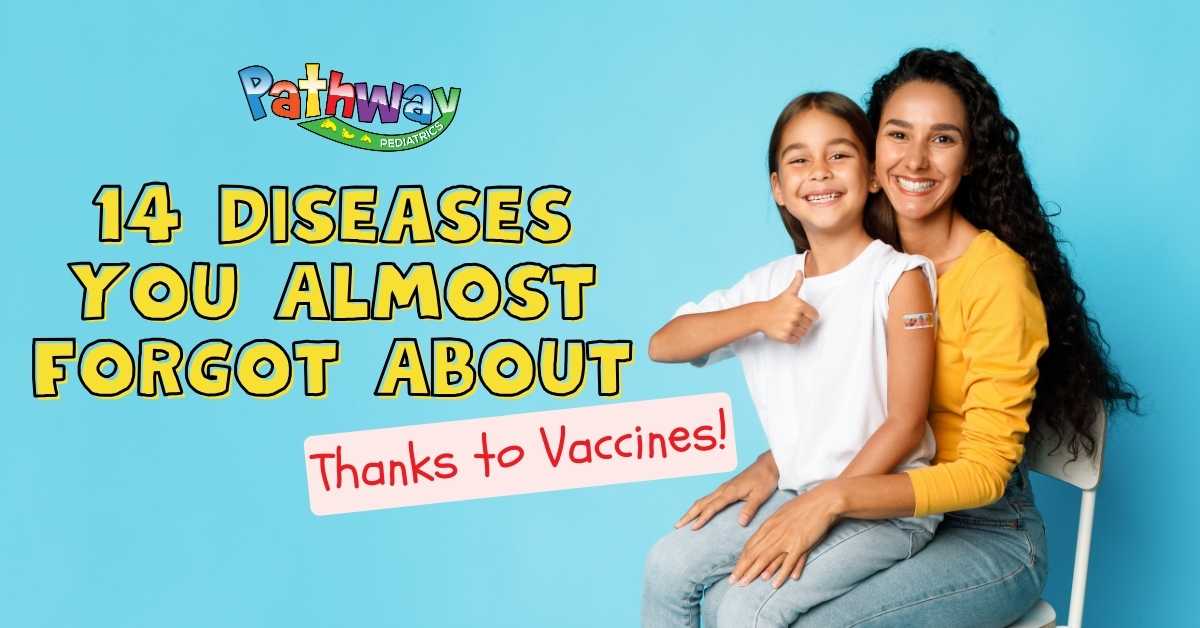
14 Diseases You Almost Forgot About Thanks to Vaccines
April 22-29th is National Infant Immunization Week and April 24-30th is World Immunization Week! Immunizations protect your child against these 14 diseases that were once common in the United States. 1- Polio Polio is a crippling and potentially deadly infectious disease that is caused by poliovirus. The virus spreads from person to person and can invade an infected […]
April 24, 2024
read more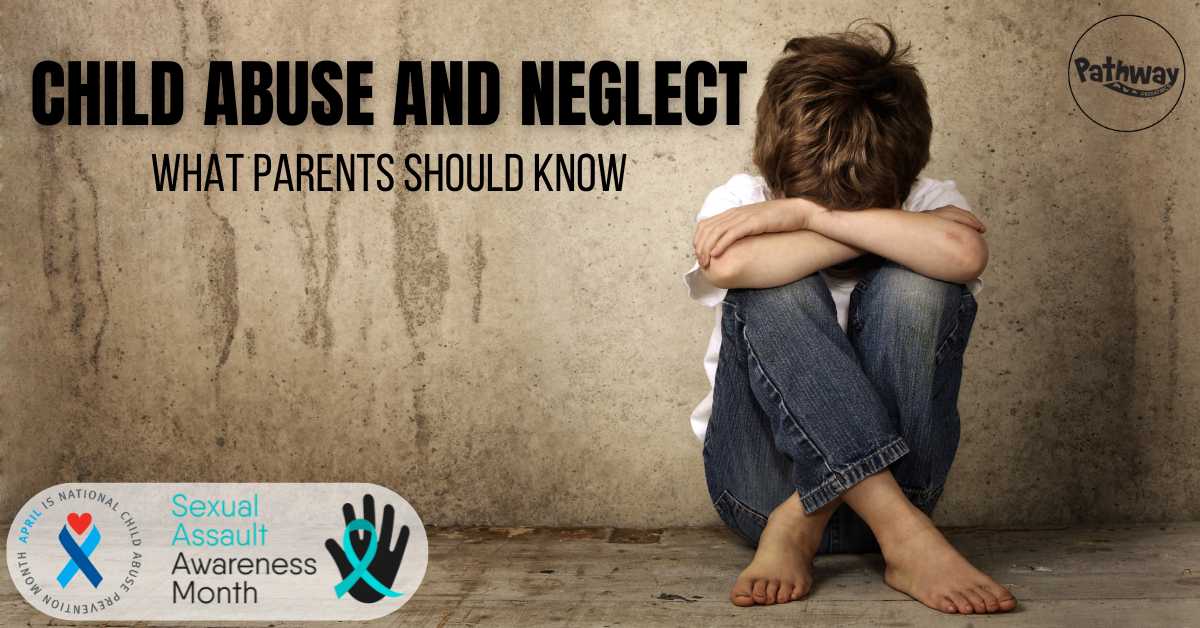
Child Abuse and Neglect: What Parents Should Know
April is National Child Abuse Prevention Month and Sexual Assault Awareness & Prevention Month. This is an annual observance in the United States dedicated to raising awareness and preventing child abuse. Abuse is a difficult topic and can be uncomfortable to discuss, but it is imperative that parents are aware of the risks and signs […]
April 10, 2024
read more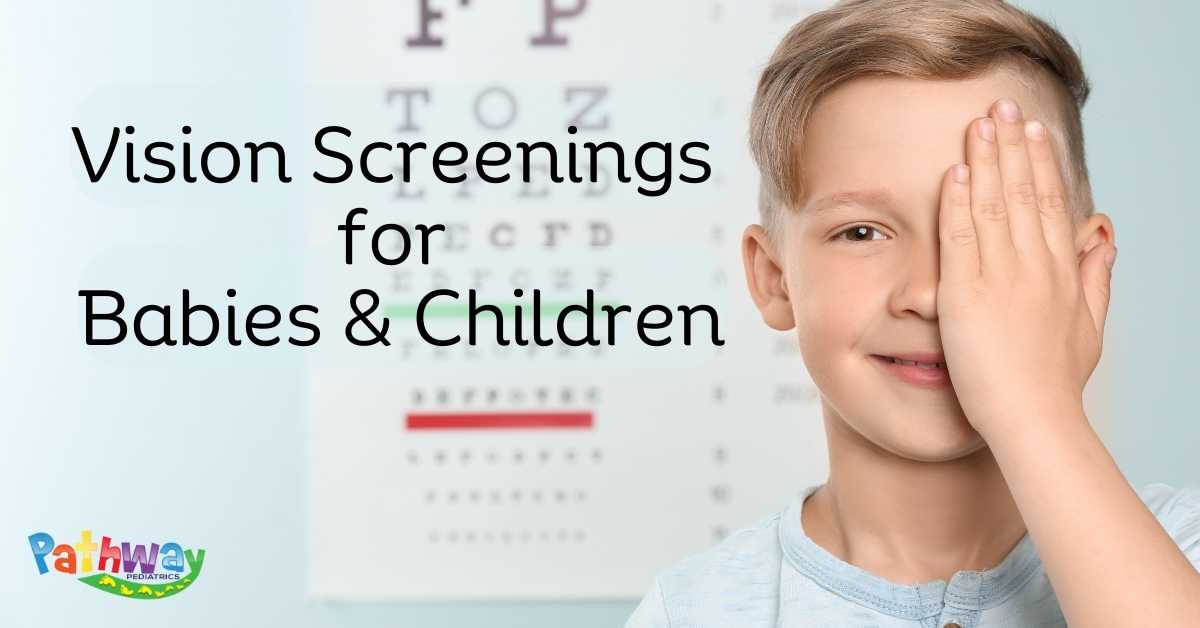
Vision Screenings for Babies & Children
A vision screening is a brief eye and vision check to help detect vision issues in children. It is an essential part of preventative eye care. Some eye problems in children first show up with squinting, blinking, red eye or other noticeable symptoms. However, other eye problems can have no symptoms and will only be […]
March 27, 2024
read more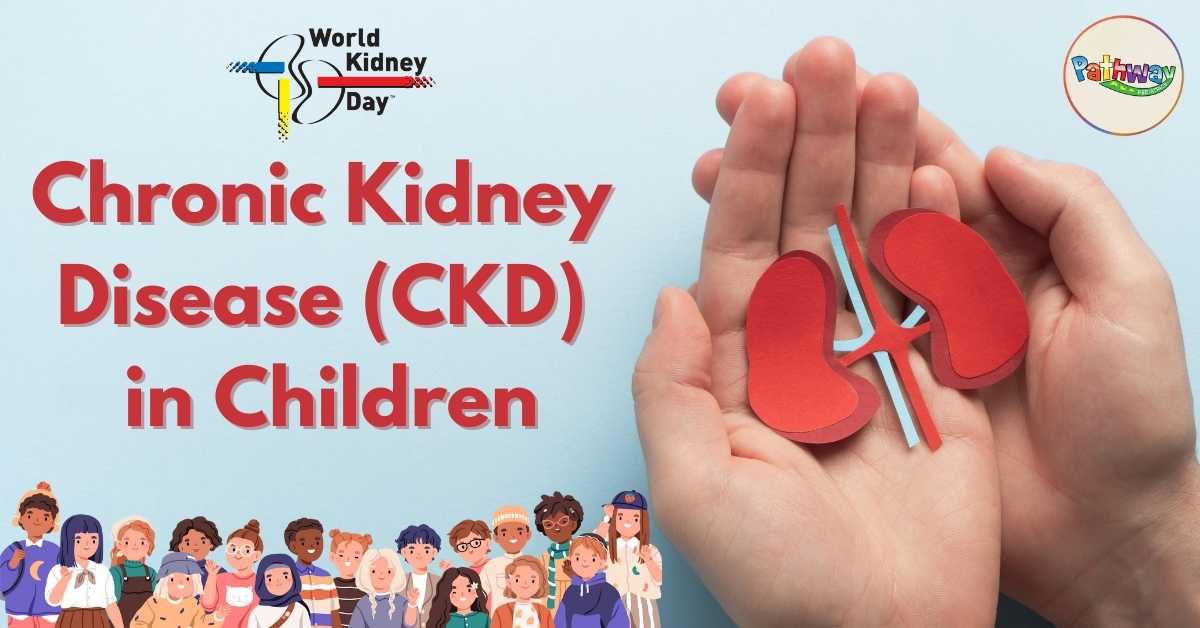
Chronic Kidney Disease (CKD) in Children
If someone has chronic kidney disease (CKD), it means their kidneys are damaged and aren’t filtering blood effectively. The condition affects people of all ages and backgrounds, including children. What are common causes of CKD in kids? Infants and children Teenagers What are common symptoms of CKD in children? CKD is often not associated with […]
March 13, 2024
read more
Childhood Nutrition
March is National Nutrition Month! During this month, everyone is encouraged to learn about proper nutrition and make informed food choices, develop healthful eating habits and establish physical activity habits. Nearly 1 in 3 children in America is overweight or obese. Despite all the focus on kids being overweight and obese, many parents are still confused, especially […]
March 6, 2024
read more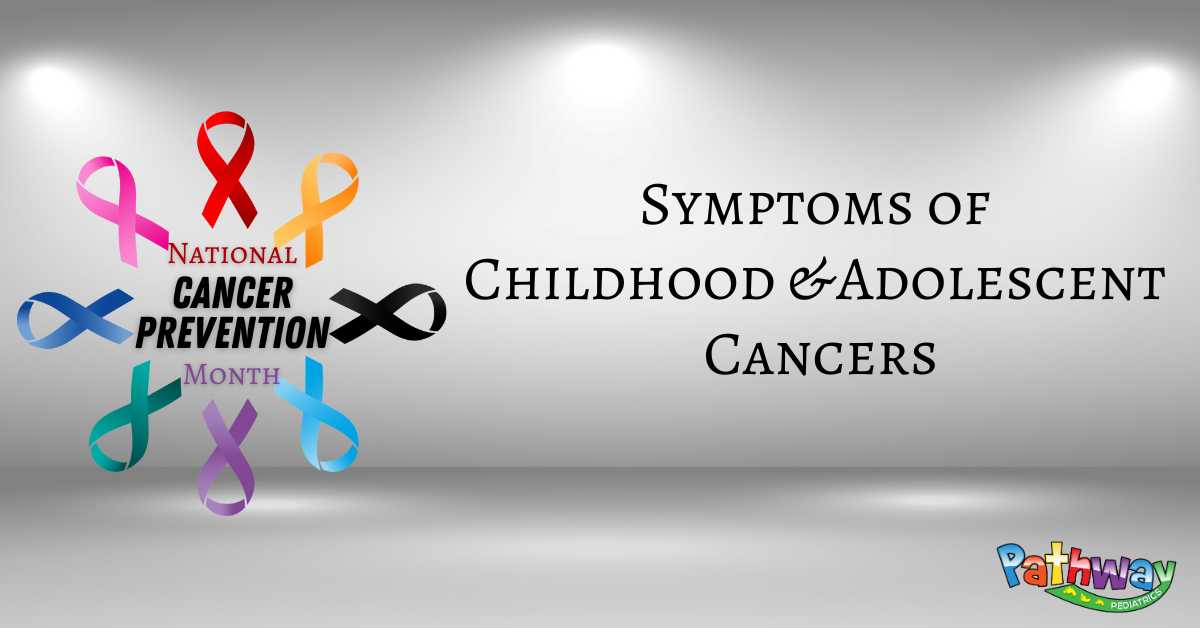
Symptoms of Childhood & Adolescent Cancers
February is National Cancer Prevention Month and February 4th was World Cancer Day. Cancer is a scary diagnosis and a word that no parent ever wants to hear. Thankfully, there are things you can do to protect your child from a life-changing or life-threatening diagnosis. Childhood and adolescent cancers are rare, and early symptoms may seem like everyday bumps, […]
February 28, 2024
read more